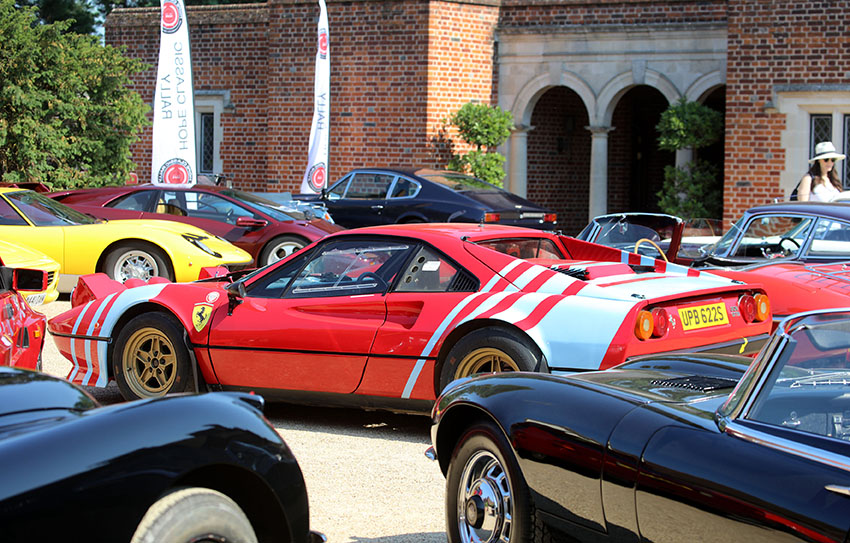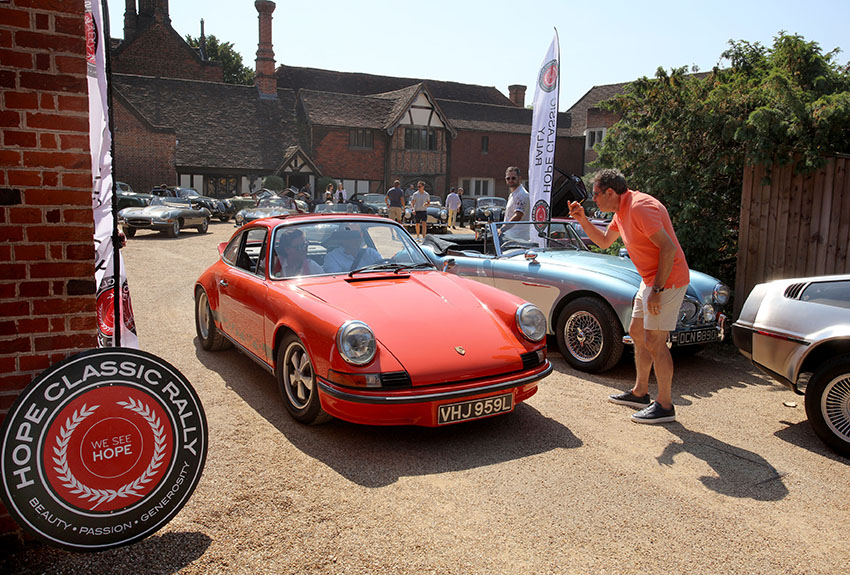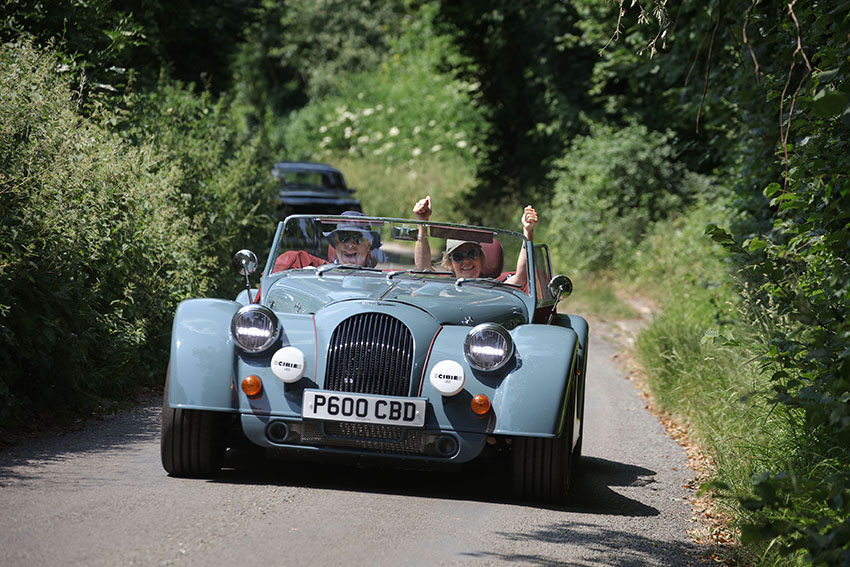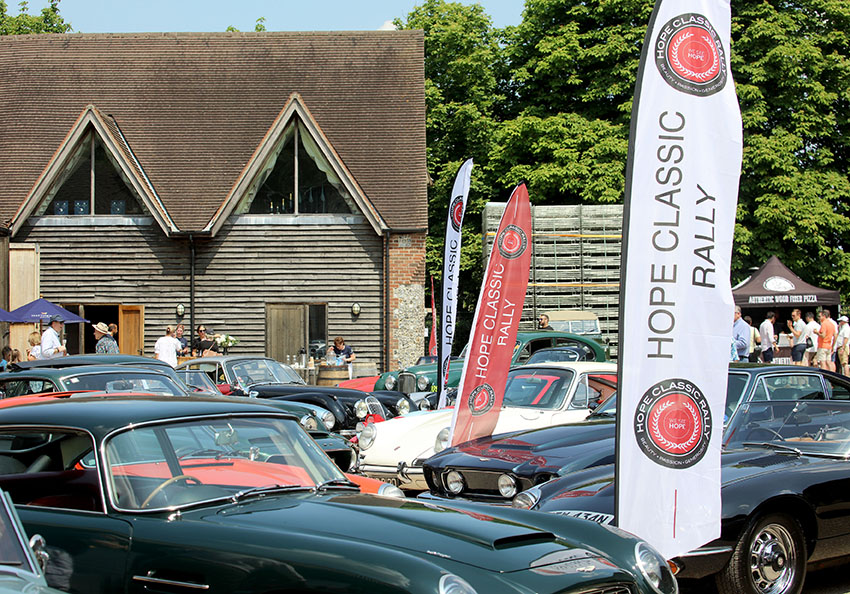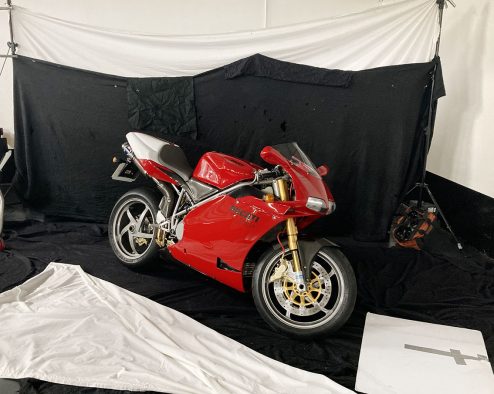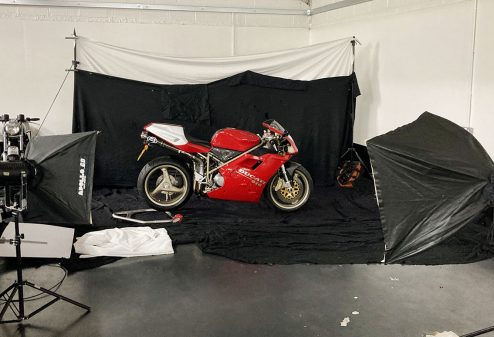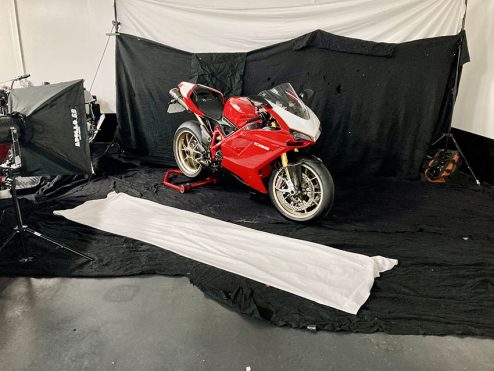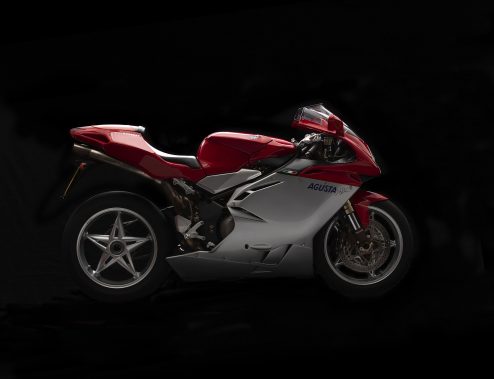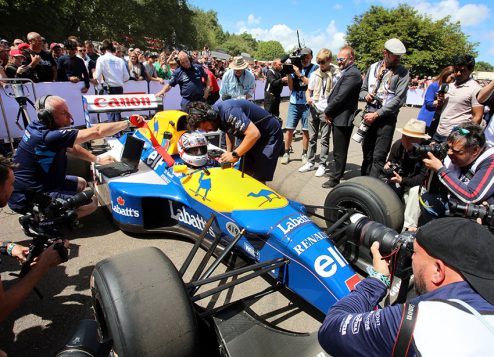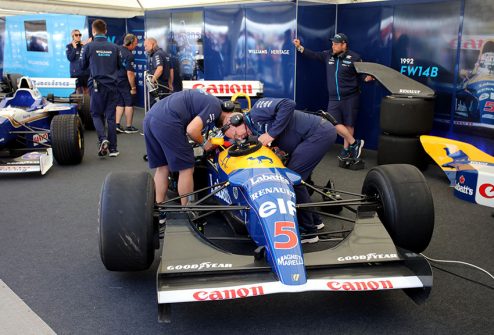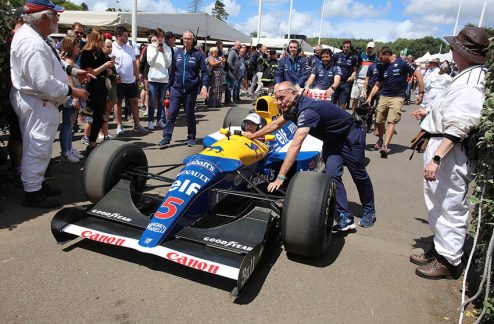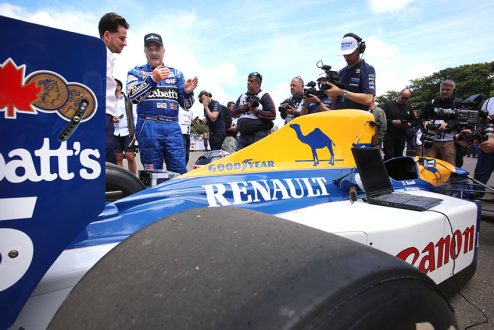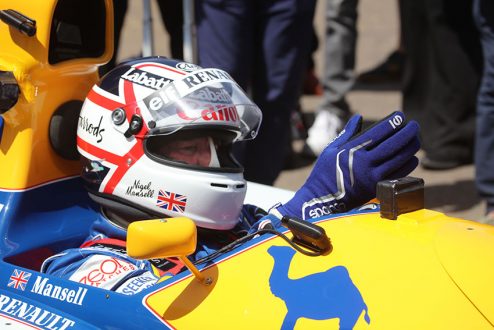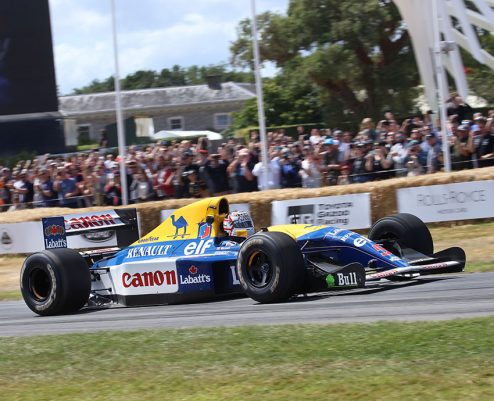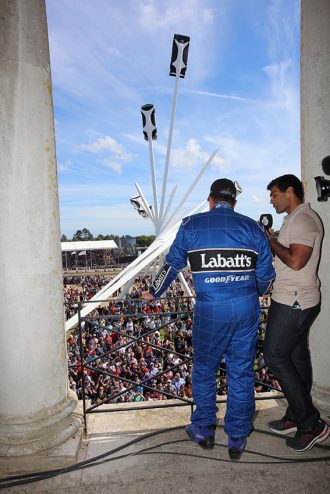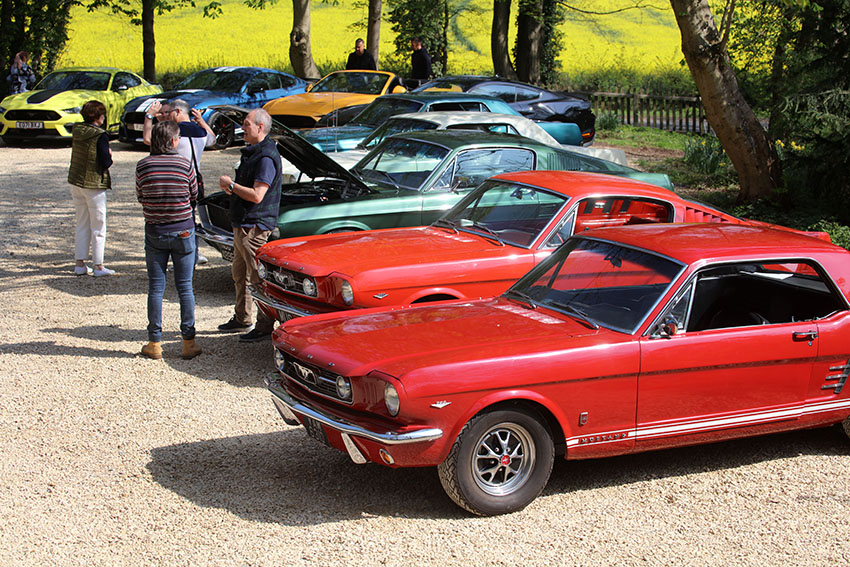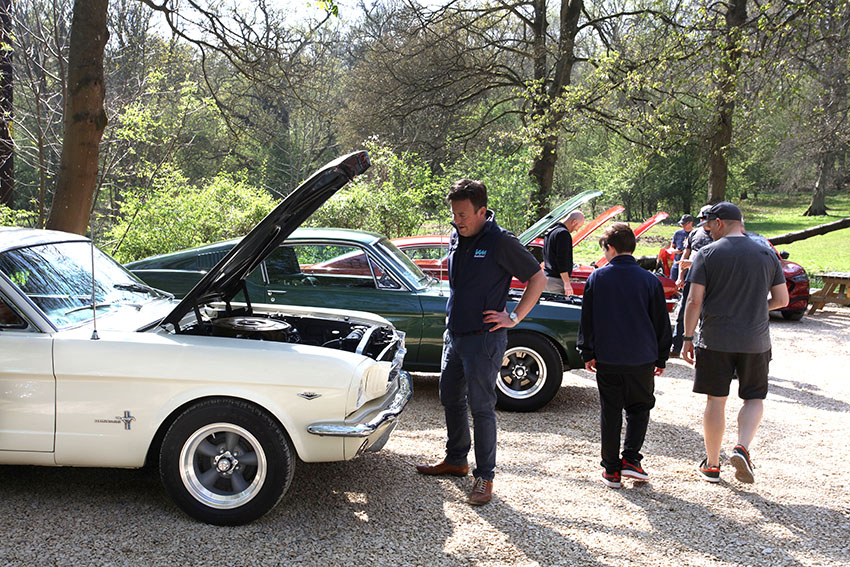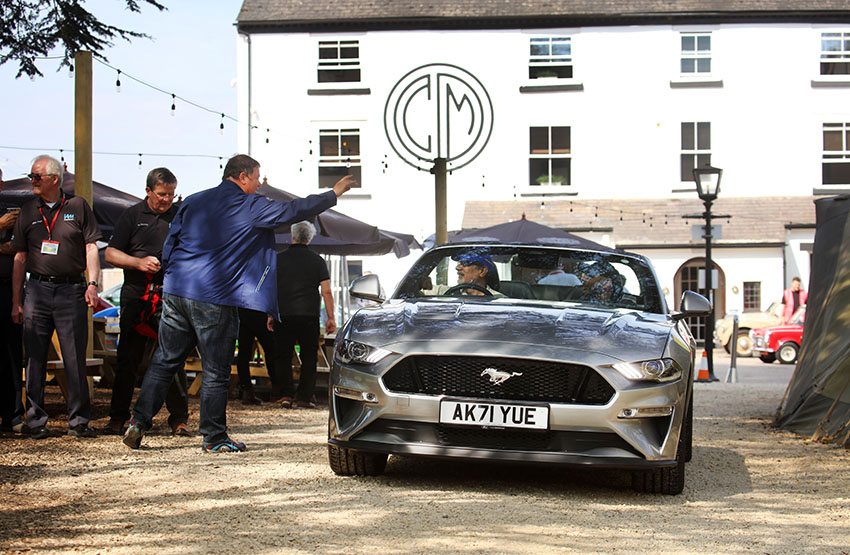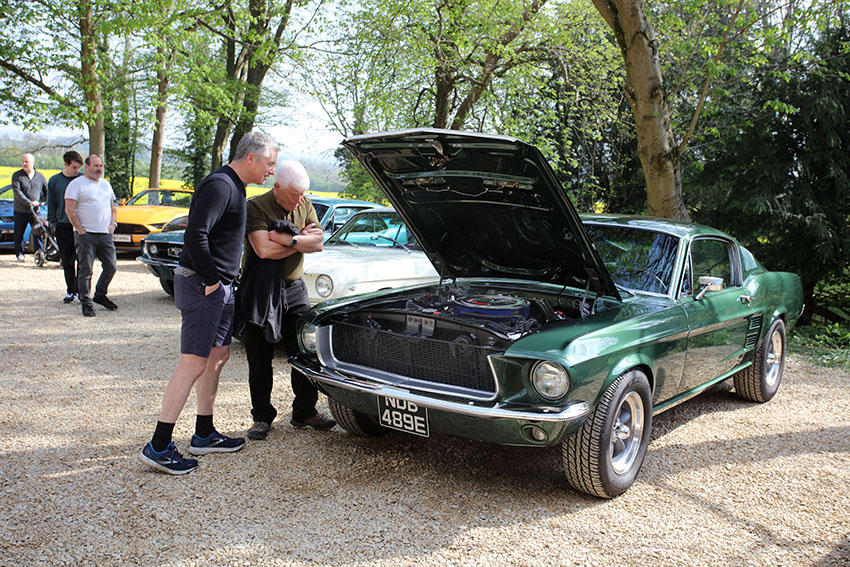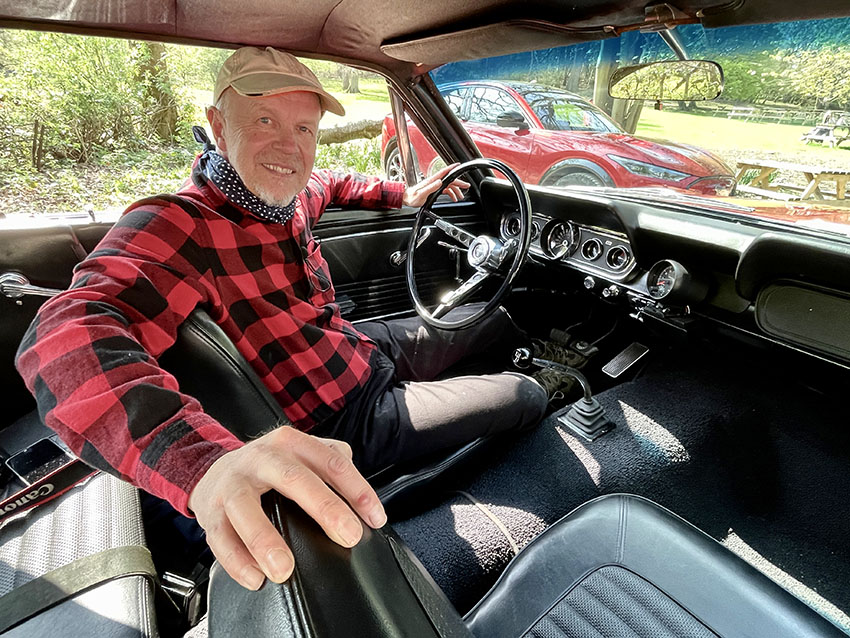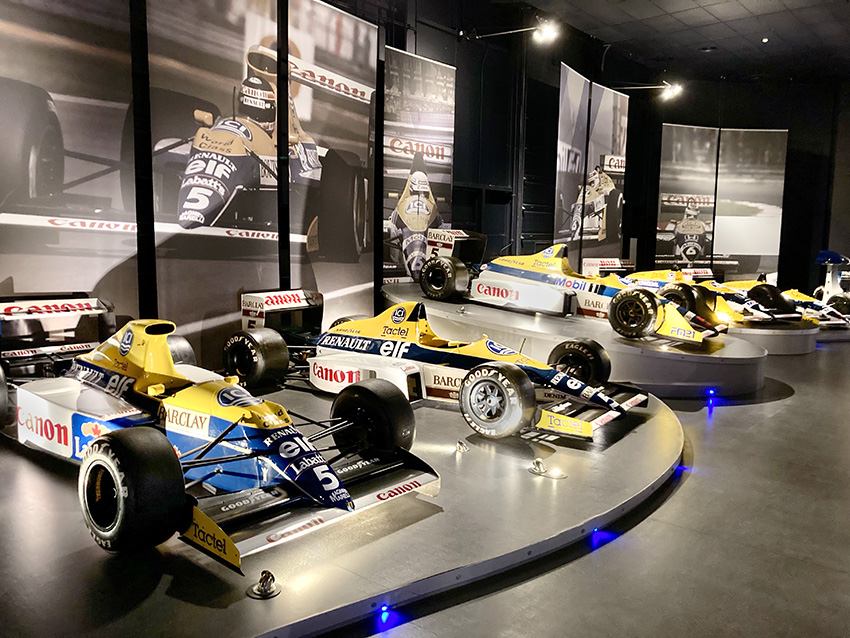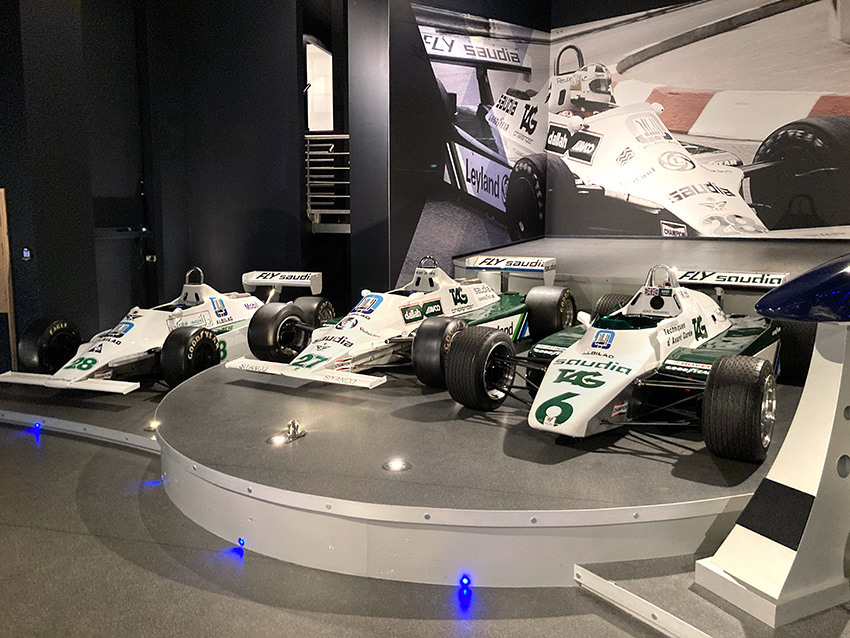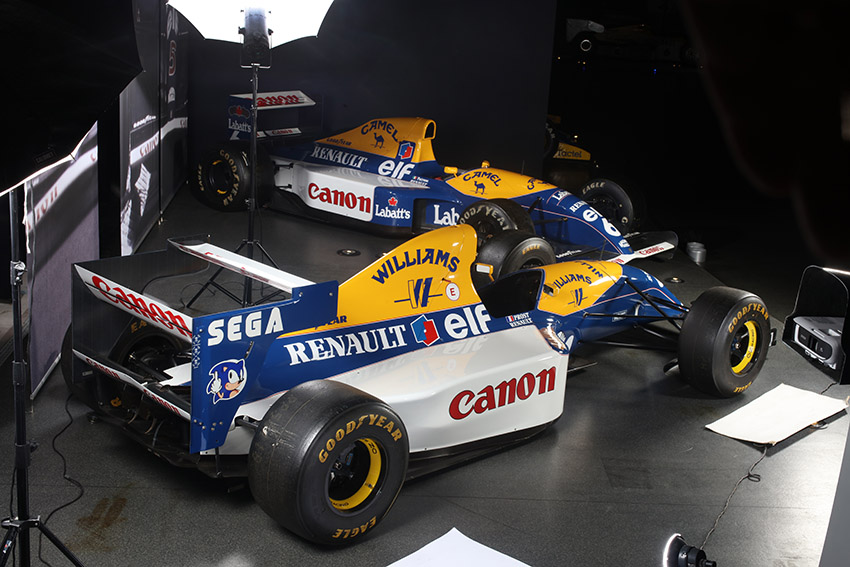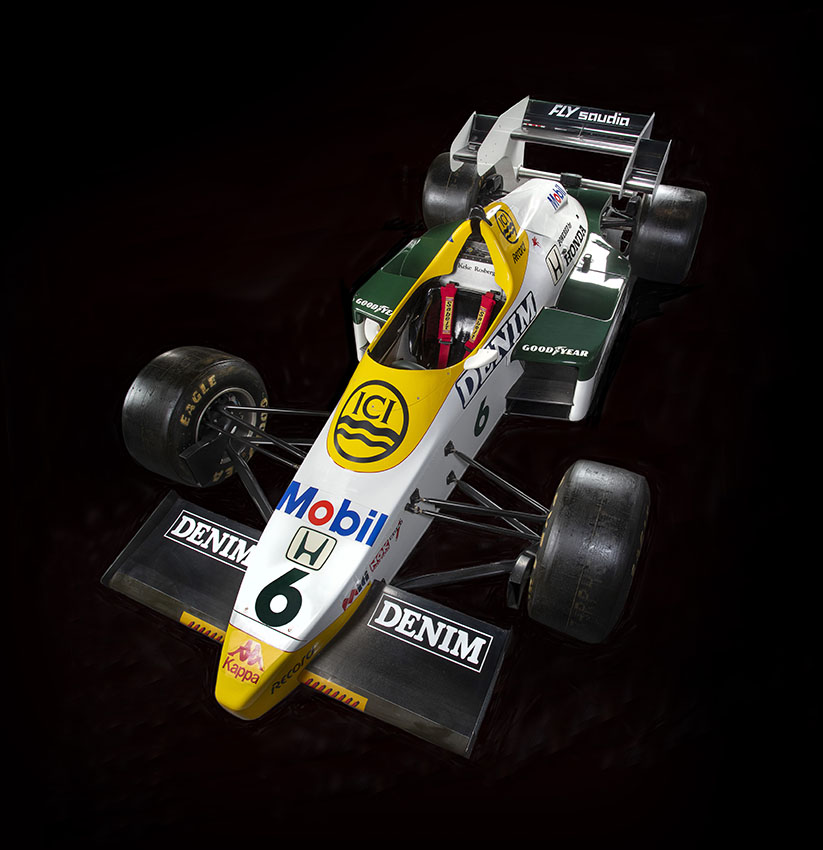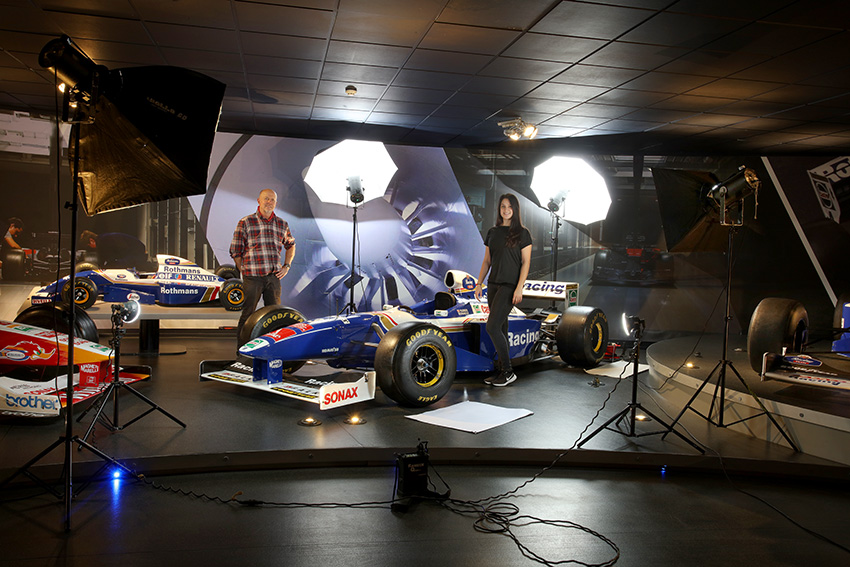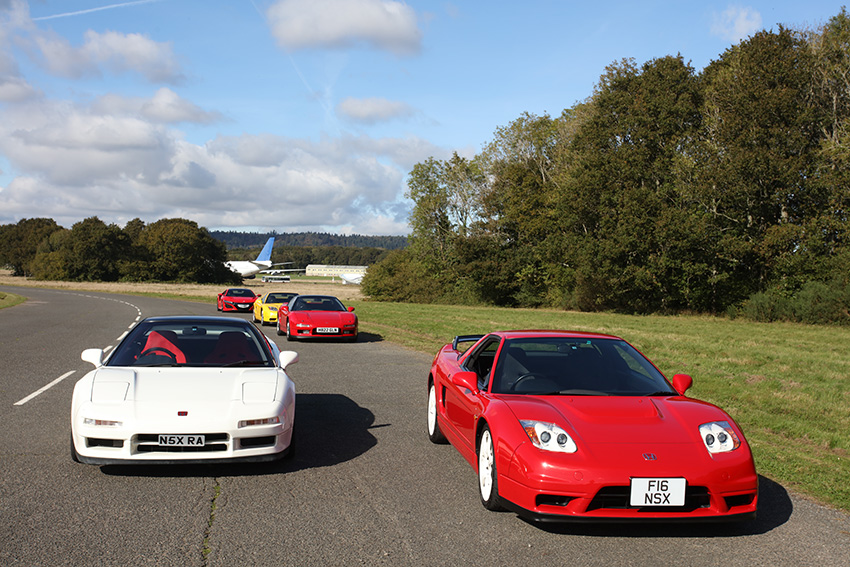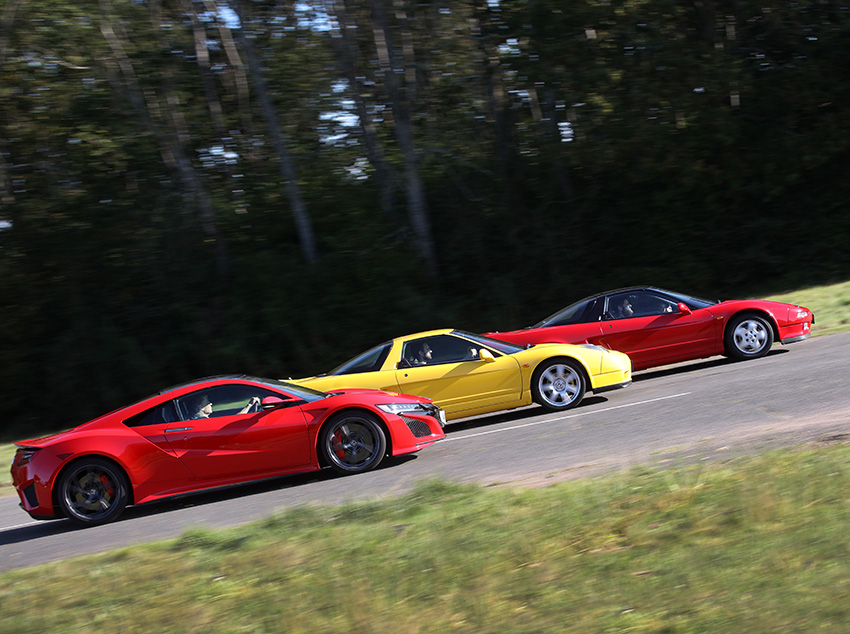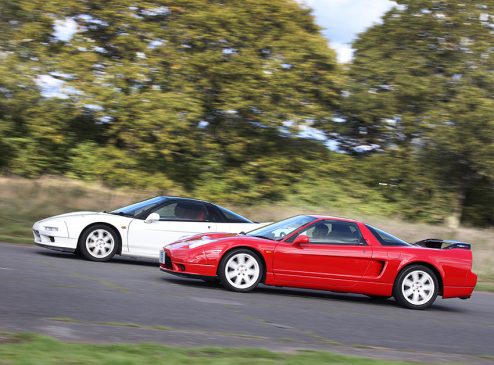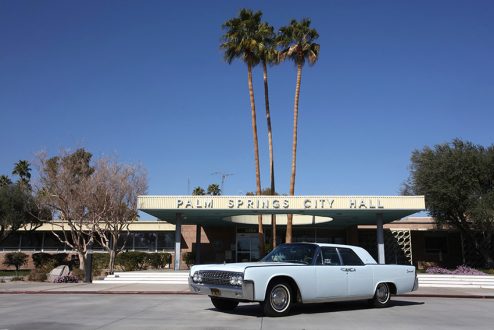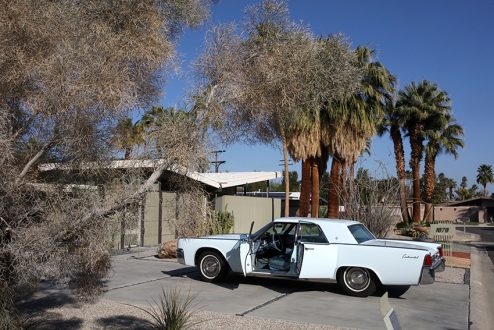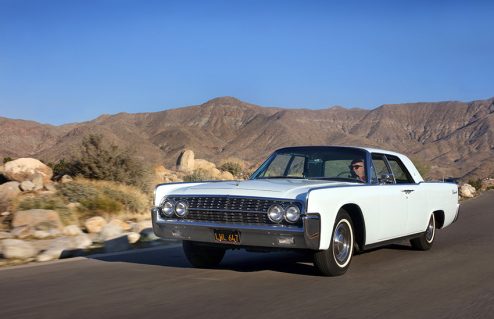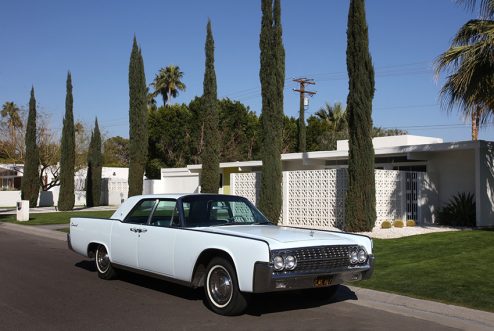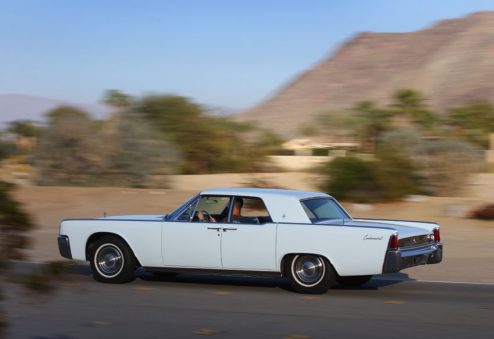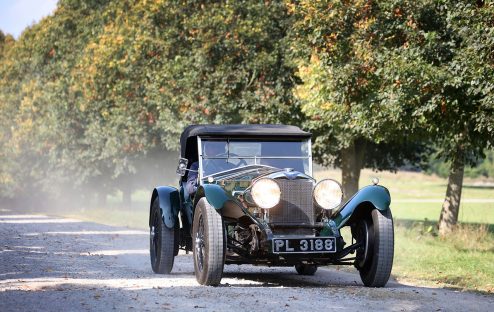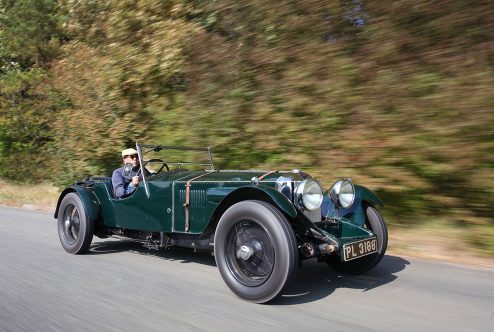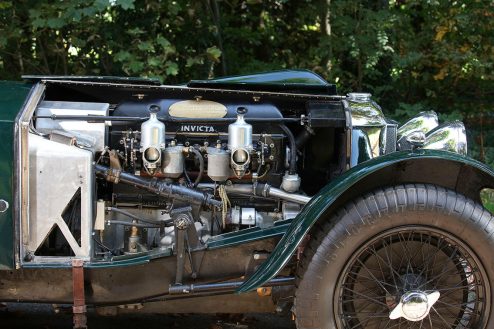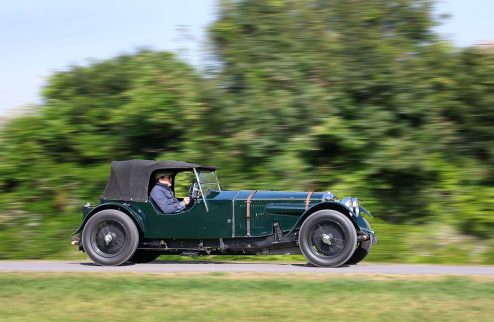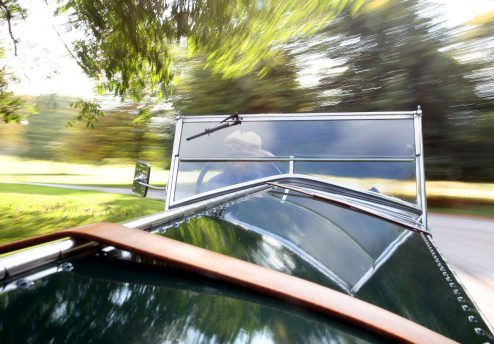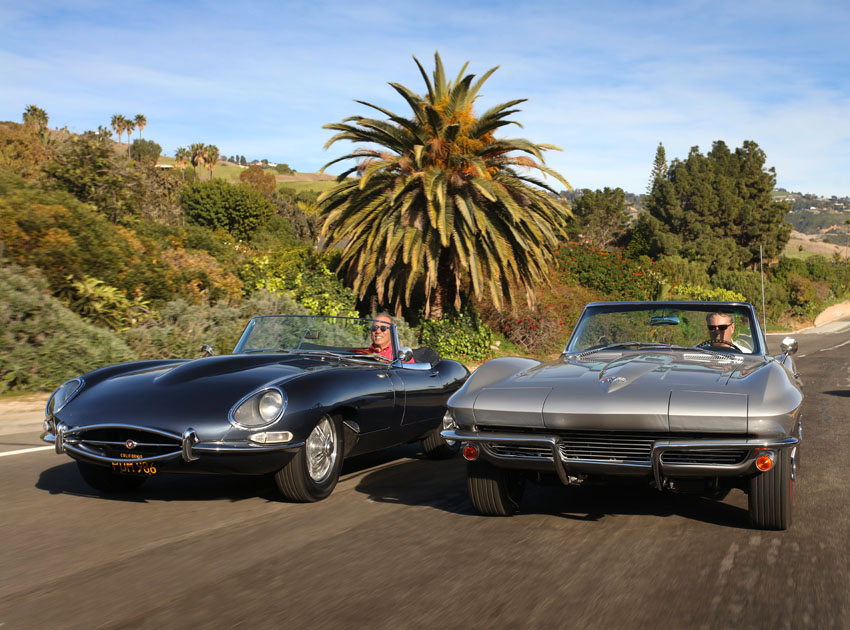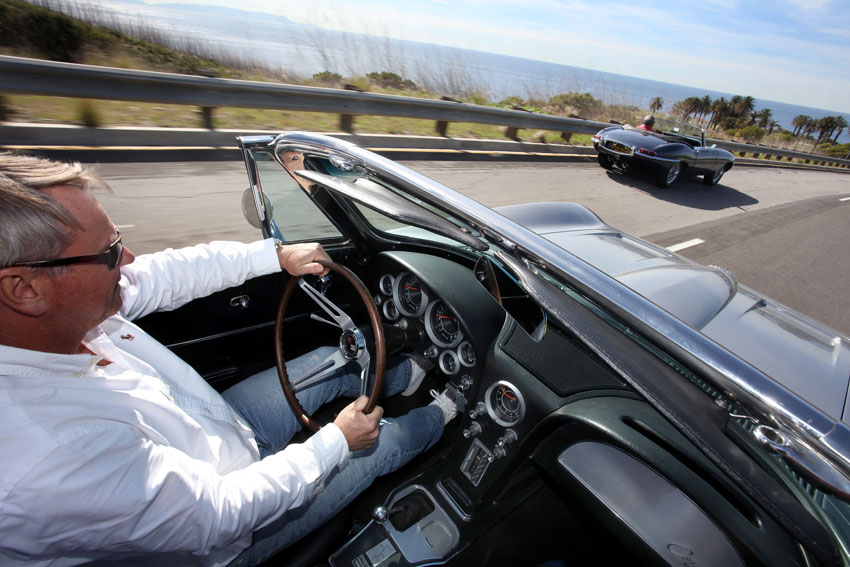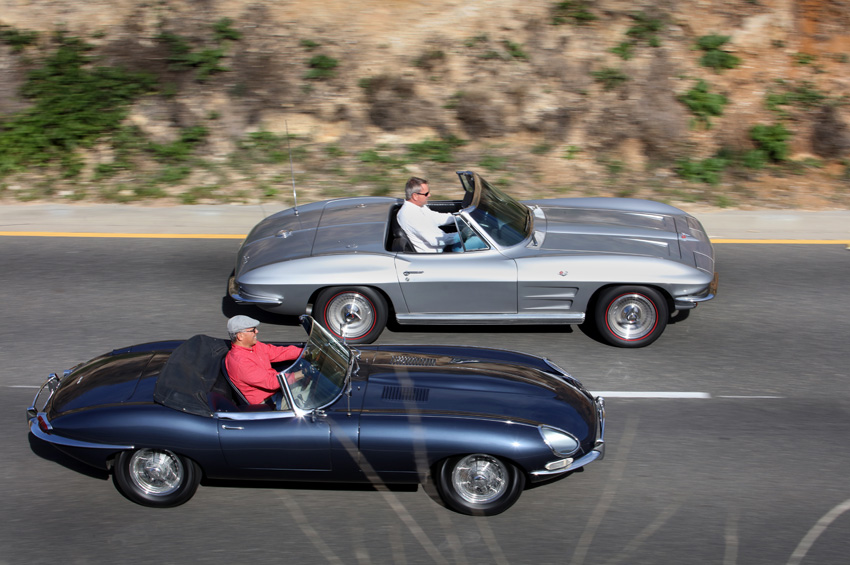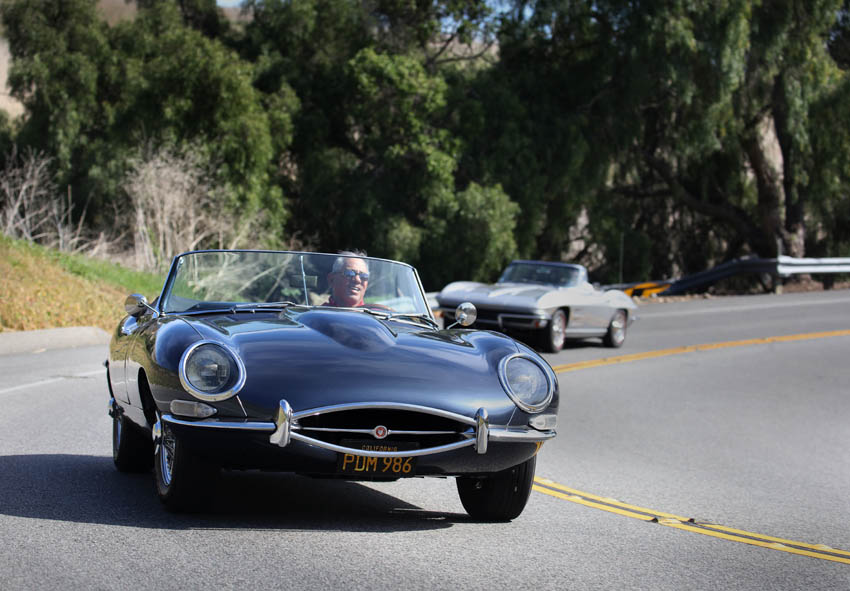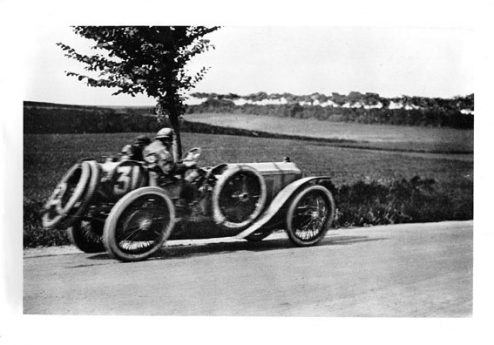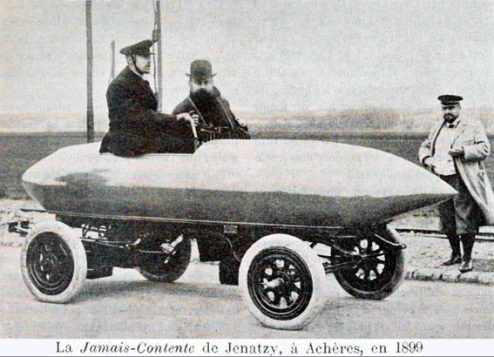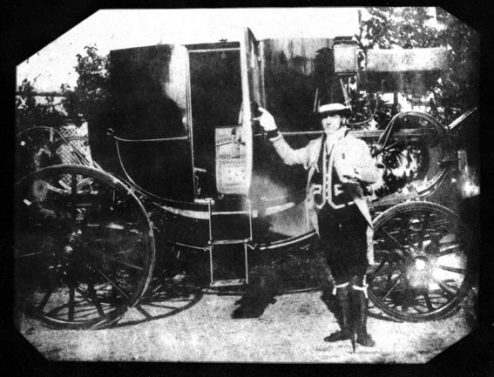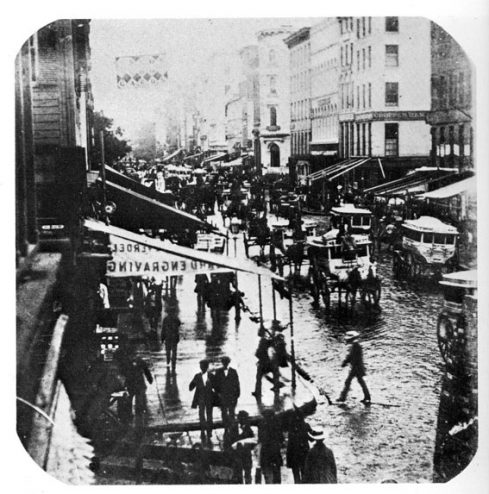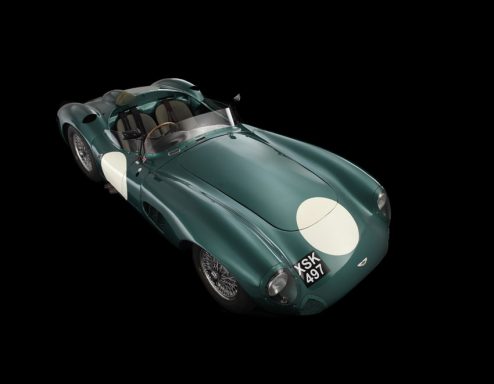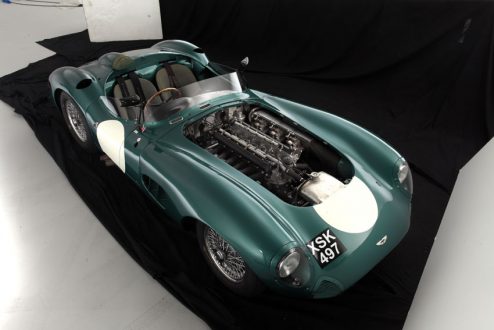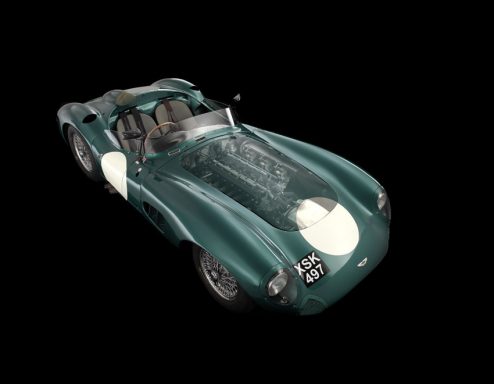
As long as I’ve owned my 1962 Hotchkiss Willys Jeep I’ve thought about taking it over to Normandy to commemorate D- Day. In 2024 with the 80th anniversary looming the time was right and I teamed with local Jeep owner Richard and buddies Rob and Alan and we set off on the ferry from Poole.
Jeeps were never designed for long distance travel and the furthest I’ve ever been in mine is about hundred miles so we carefully chose a base in northern Normandy near Utah beach at Quineville so as not to be too far to drive from the port of Cherbourg.

Richard’s Jeep is a 1943 Willys with it’s original six-volt electrical system but mine is a later car built in Paris from bits left over after the war and re-manufactured parts under license by the French car company Hotchkiss. It is said that the lifetime of a WWII Jeep was six weeks and consequently with the need for high numbers imperative there weren’t built to last so it’s amazing how many of the 647K built survive today.
It seemed as though most of them were in Normandy that week with drivers and passengers meticulously dressed in period correct uniforms. I’d discussed the dress code with the others before we left for France and the unanimous thinking was that we would dress in our regular warm clothing with a nod to Khaki here and there.

For D-Day itself we got up before dawn and headed for the main commemoration in the centre of Utah beach.Standing in the dunes as the sun came up there was a landing re-enactment, paratroop drops and period military vehicles of all shapes and sizes cruising up and down the beach.
A spanner was thrown in the works by the French dock workers who threw a wildcat strike on our day of departure so we switched our booking to Caen 70 miles away and headed off early hoping to take in the other beaches on the way. No such luck. With dignitaries having their events nearly all the roads with in 5 miles of the coast were closed and we were forced to run inland only hitting Sword beach around Ouistreham for the ferry port.

It was still a memorable trip and the 81 and 62 year old Jeeps did well although our backsides are still sore from the thin seat padding.


